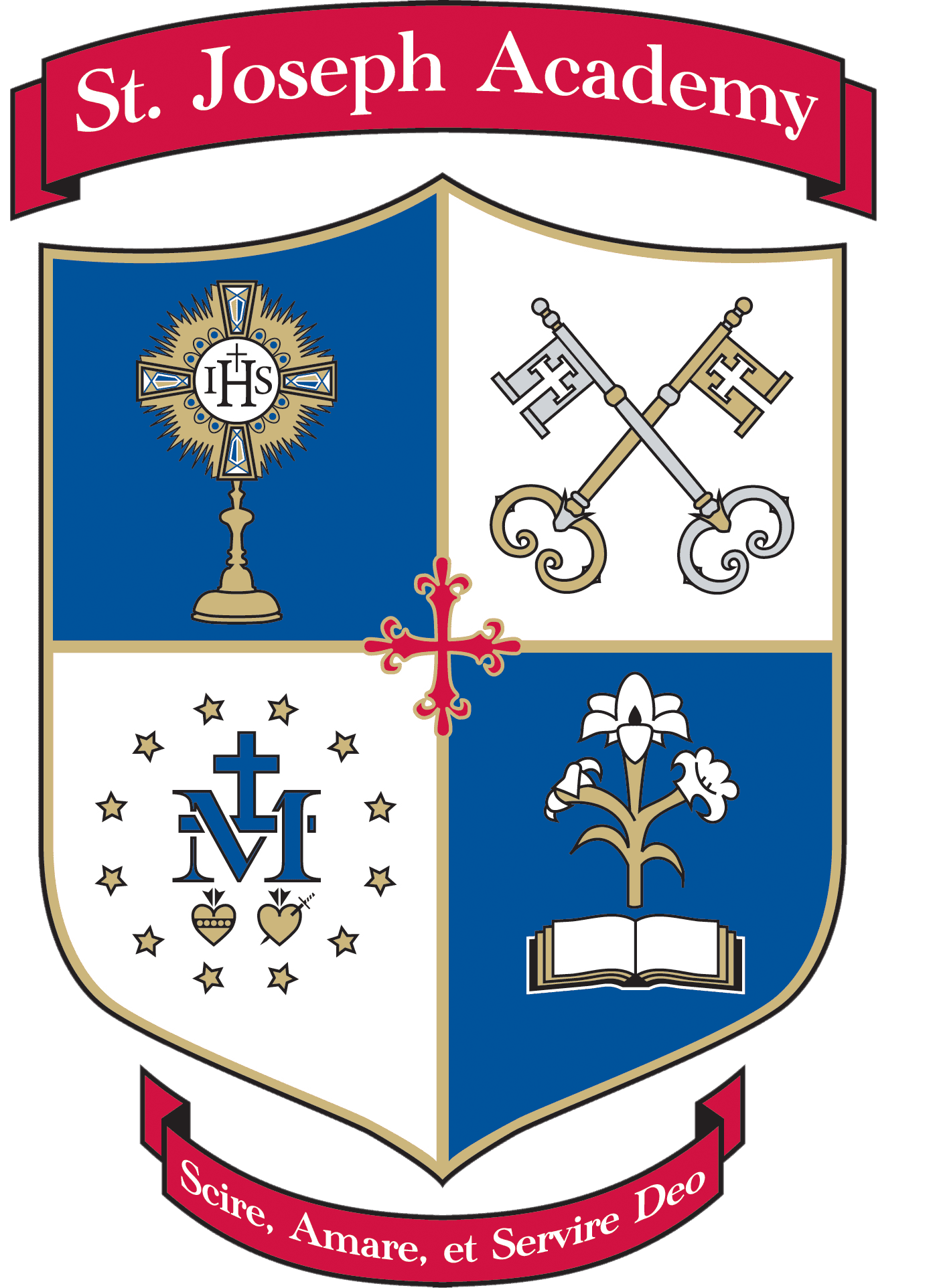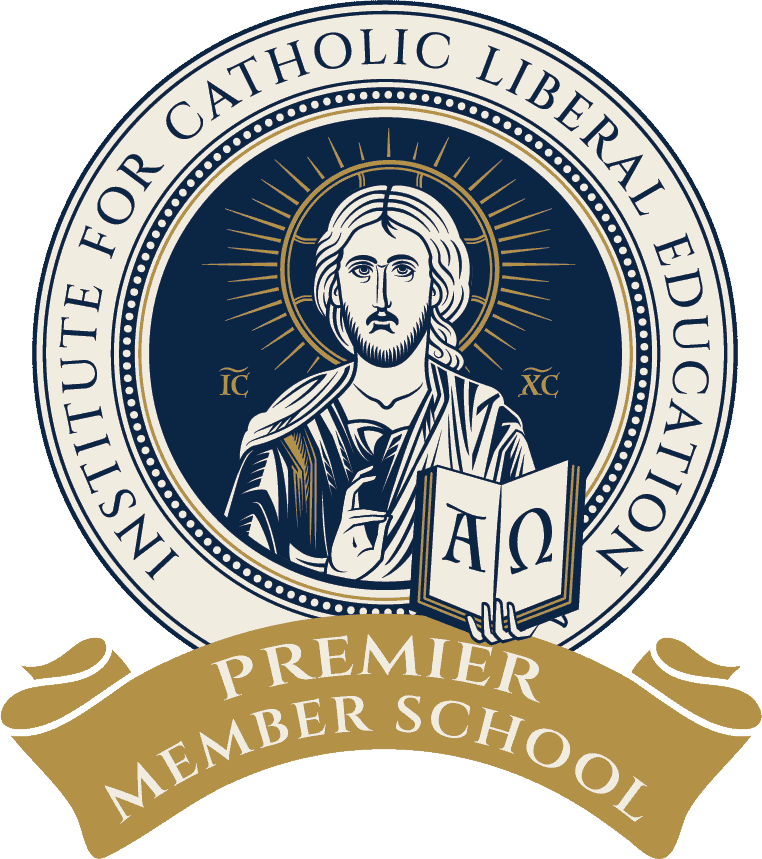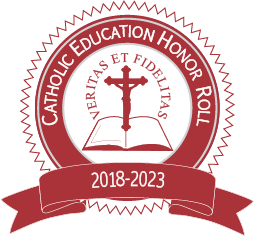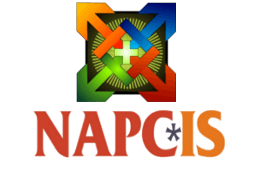Classical Education
Key Characteristics of a Classical Education
Much could be said about what consists of a “classical education.” Instruction in the Latin language is an important component. Ideally, students would also learn ancient Greek. Many focus on the trivium (Grammar, Logic, Rhetoric) and quadrivium (Arithmetic, Geometry, Music, and Astronomy) which together form the liberal arts. A heavy emphasis on the classical literature of western civilization is also important, and this literature consists of fiction and non-fiction, comedy and tragedy, history and drama, philosophy and theology.
Fundamentally, though, a classical education consists in cultivating virtuous dispositions in students. This is especially evident when contrasted with the goals of modern, progressive education: filling the heads of students with data, facts, and technical skills. Data, facts, and technical skills will not make a student a better human being. These things will not make them “educated” in the true and classical sense of the word. Only the cultivation of virtue can do that.
Resources
Latin
One hallmark of classical education is instruction in the Latin language. There are manifold reasons why Latin is an important subject to learn. Latin expands a child’s command of the English language with special insight into the roots of about half of the English language. It helps students get a head start learning other languages, especially languages like French, Italian, and Spanish. Students learn the roots of specialized terminology across the sciences. Learning the Latin language forms a child’s mind to be logical, disciplined, and structured. These and other practical reasons are not unimportant, however, there is an even more essential reason: Latin has a special place in the development and continuance of Western civilization.
A strong command of the Latin language enables students to interact with some of the most important literature in the Western canon. As our society loses sight of the importance of our intellectual heritage, interacting with that heritage and conserving it is becoming more important than ever. Reading translations of the Western canon is always settling for a necessary evil. The nuance and subtlety contained in these important works requires the precision of reading in the original language. A translation is always also an interpretation.
For Catholics, the Latin language also unlocks special access to many resources that are unique to our Church. The official edition of the Sacred Scriptures approved by the Church is the Latin Vulgate. Papal documents and other Vatican decrees are published in Latin. Latin is the official language of the Liturgy in the western rite, including the Novus Ordo (the form of the Mass with which most Catholics are familiar). When we attend the Holy Mass in our own vernacular language, we are experiencing a sort of concession and not the original text of the missal (even the new missal). As a result, Catholics who do not learn Latin are receiving the faith mediated. We’re receiving it through the lens of (necessarily interpretive) translation.
Too often, we believe our society to be advanced beyond that of our ancestors. In very specific realms like technology, that may be true. Yet, in so many ways, we are impoverished in comparison to those who came before us, those who had a more liberating education. It wasn’t long ago that Harvard accepted fluent readers of Latin and Greek who were merely 16 years old. The only reason our students cannot have reasonable command of Latin and other complex subjects is because we do not believe they can, so we fail to give them the chance.
The Liberal Arts
The Trivium
In addition to Latin, a properly classical education has several moving parts that all work together toward several distinct, yet related goals. The first goal is to properly order a child’s formation in communication. Thus, the child should know his vernacular language as well as Latin. The child should study the Grammar of both to be able to receive information from his teacher and be able to speak back. In addition to learning the grammar of language, the child ought to learn how to put thoughts together. They should know how various terms and ideas relate to one another and should be able to piece them together into coherent thought. This is Logic. It is not enough that the student knows how to communicate and how to think, he must also learn to communicate those thoughts in compelling ways. This art of persuasion is known as Rhetoric. These three disciplines—grammar, logic, and rhetoric—form the student’s relationship with the written and spoken word. Together they constitute the trivium, the first three of seven liberal arts.
In the late 1940s, Dorothy Sayers gave a lecture at Oxford University that sparked the growing classical education movement. In it, she offered a complimentary (but distinct) vision of the trivium. For Sayers, “Grammar” encompasses more than merely the fundamentals of language. It reflects the early stages of learning (TK-5th Grade) in which the child focuses on memorizing the facts and rules of vocabulary, spelling, multiplication tables, historical dates, etc. Memorization is key at this stage of learning because it is the most powerful intellectual capacity of the child. Students are not only able to memorize vast amounts of information; they thoroughly enjoy doing so when it is presented in a fun, interesting manner. In her schema, “Logic” corresponds to 6th-8th Grade, wherein students build on an existing understanding of the facts and rules of academic subjects. Students explore the relationships between facts (for example, the causes of historical events or the higher-level logical thinking skills of mathematics) and master the rules of logical reasoning. This is the stage where students naturally develop argumentation. We teach them to argue well using reason and logic as their foundation. Likewise, “Rhetoric” is the high school stage where students develop a means to communicate their understanding of facts and rules. The Rhetoric stage focuses on excellent articulation and persuasion in both written and spoken expression. It is the capstone of a classical Christian education.
The Quadrivium
Alongside the trivium is the formation of the student’s relationship with number and quantity. This is accomplished by introducing the students first to numbers themselves and their relations to one another. This is how we measure quantity and is called arithmetic. Having numbers as a tool for measurement, real measurement of things can begin in the study of geometry, wherein the student studies number and quantity as applied to spatial reality. From there, the student then continues by studying music, which is number as applied to time (think of time-signatures on a sheet of music). Astronomy then acts as a capstone to the student’s formation in relation to number and quantity. Astronomy is number (Arithmetic) applied to both space (Geometry) and time (Music). It follows and studies the heavenly bodies—the stars, the moon, etc.—as they move through the heavens and determine the seasons. These four disciplines—arithmetic, geometry, music, and astronomy—form the student’s relationship with the physical world outside themselves. They are called the quadrivium.
The trivium and quadrivium are known as “liberal arts” because they liberate the student’s mind to pursue the study of philosophy and theology. Plato, in his famous allegory of the cave, demonstrates that without the virtues attained by rigorous study of the liberal arts, we are trapped in darkness and unable to rise to the contemplation of the truth. It is this allegory that really solidifies the trivium and quadrivium as “liberal” in the sense that they liberate the mind. The liberal arts develop a student’s relationship with ideas, words, etc. (trivium), and with the world (quadrivium). Yet, they are not the goal of education. The trivium and quadrivium are merely means to an end. They are the means to true intellectual freedom and lay a foundation for human excellence; but human excellence and the goal of education are different than merely liberating our students. The student must be free, this is essential. Freedom, though, is always for something.
Catholic and Classical
Students, by way of the liberal arts, attain intellectual and moral freedom for the sake of deeper studies in the humanities. Human nature is something that a person can be better or worse at actualizing. The humanities are those courses which teach us how to be excellent humans. History teaches us what has happened in the past to emphasize what ought to happen in the present and future. For this reason, history is really a moral science. A focus on American history and the history of western civilization helps offer students instruction in the virtues, especially piety and patriotism. Historical figures provide excellent exemplars for how to be great. Literature trains the imagination. It allows students to examine in great detail the external and internal acts of man, and, most importantly, stimulates the students' emotional and intellectual desire for Beauty. Philosophy brings the insights of both history and literature and systematizes them to gain wisdom, which is the proper ordering of our lives based on consideration of God in himself and who we are in relation to Him. Theology offers the student his final goal: union with the divine. To achieve union with God, He must be known. Theology studies God based on how He has revealed Himself to man and on how He interjects himself into human history to offer us salvation in the Son, Jesus Christ.
Our academically rigorous, Christ-centered curriculum is structured to reflect these key characteristics of classical education, and thereby cultivate a rational and disciplined mind in the student. It also integrates the liberal arts with history, literature, philosophy, and theology appropriately for each grade level. We strive to integrate a Catholic worldview into all subjects in a way that works with a child's natural development and helps every child reach his God-given potential. The Classical Education model teaches children to read, think, understand, analyze, and draw conclusions with a proven method of instruction and curriculum from Transitional Kindergarten through 12th grade.








